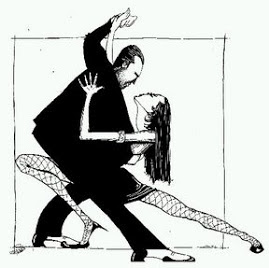 Writing for International Law Office ("First Scent Trademark Registered"), Juan Martín Aulmann and Daniel R Zuccherino (Obligado & Cia) review the current Argentine provisions on the registration of non-traditional signs as trade marks. Of particular interest is a recent decision on an application to register a scent. The authors write:
Writing for International Law Office ("First Scent Trademark Registered"), Juan Martín Aulmann and Daniel R Zuccherino (Obligado & Cia) review the current Argentine provisions on the registration of non-traditional signs as trade marks. Of particular interest is a recent decision on an application to register a scent. The authors write:
"On January 30 2009 the National Institute of Industrial Property (INPI) registered its first scent trademark to be applied to the container of a product in Argentina. The trademarks are registered as 2.115.161 to 2.115.166 and issued as Numbers 2.270.653 to 2.270.657, respectively. They are owned by L'Oréal and registered in International Class 3.
The registrations were granted by Resolution 131/09. In all cases the scents comprised a "Fragrance of…[different fruits in each case]… applied to the Containers". If the fragrances had been applied to the product rather than to the container, the INPI's criteria would surely have been different, since in certain cases the application of the fragrance to the product itself (eg, strawberry, raspberry and peach scents) would have beeen objected to by those parties that manufacture such products in the public domain.
L'Oréal's applications for the scent trademark registrations date back many years, following a third-party opposition when they were first published. When legal action was brought for the withdrawal of such opposition, the court emphasized that in order to determine the registration of a sign, it is not a "substantial requirement" under Argentine trademark legislation that such sign be "visually perceptible" or "graphically represented". Subsequently, the intervening court notified the INPI about the withdrawal of the third-party opposition.
Consequently, the final decision to deny or grant registration of the trademarks in question fell to the application authority (ie, the INPI). By means of a brief report, the INPI evaluated the marks' intrinsic and extrinsic distinctive capacity (compared to other identical or similar signs in the same class), and reached the above conclusion, permitting registration of the scent trademarks.
It is important to highlight the criteria adopted by the INPI when it originally accepted the registration applications and ordered the corresponding publications and now proceeds to grant such non-traditional trademarks without demanding that they fulfil impossible requirements (eg, graphic representation or visual perception)".













